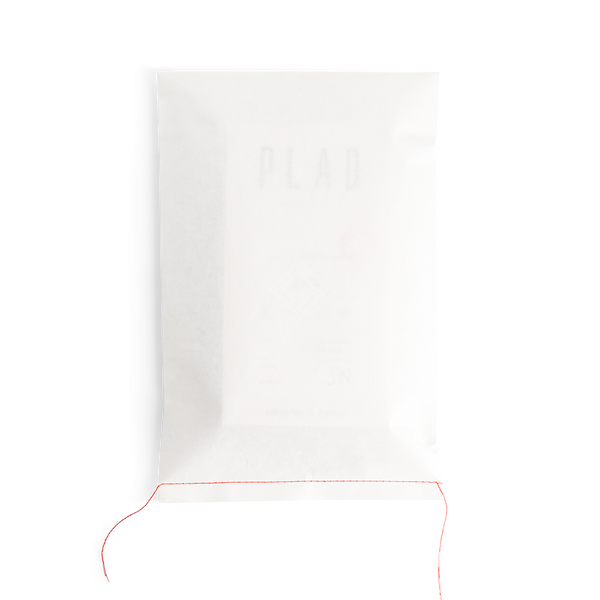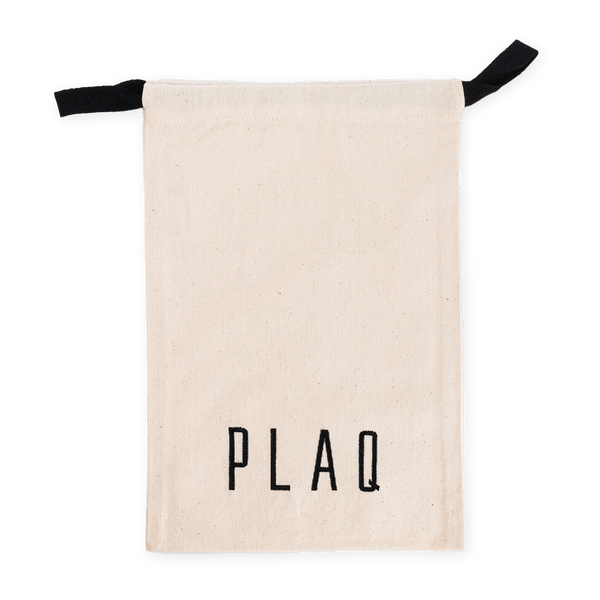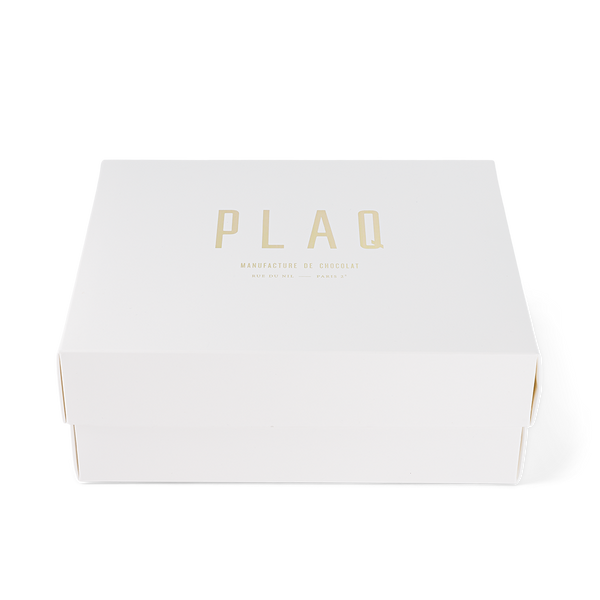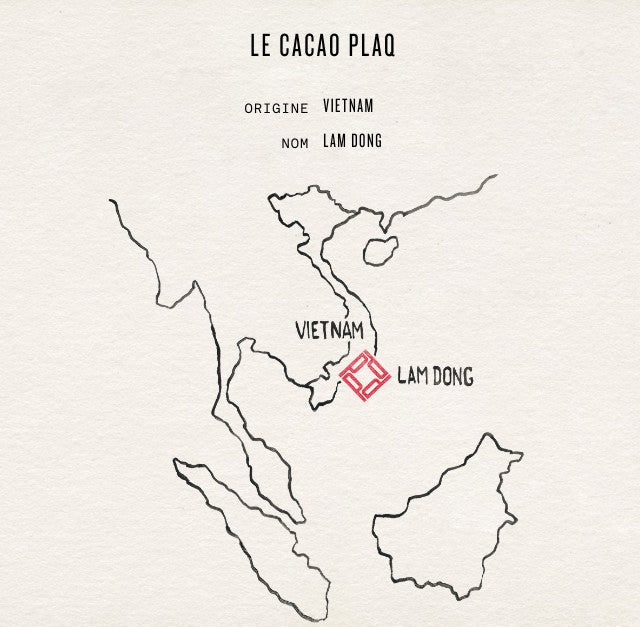What is CADMIUM?
Cadmium is a heavy metal found in soil and seawater, either naturally due to geological reasons (such as volcanic soil) or artificially due to phosphate fertilizers. It is therefore found in all foods produced in these ecosystems.
Numerous studies have demonstrated its toxicity to bones, kidneys, and the heart. It also appears to be responsible for several types of cancer, including pancreatic cancer. Children are particularly sensitive to it. Its presence has been strictly regulated for years by European standards, which are the most stringent in the world.
The primary source of contamination in France is linked to starchy foods (including bread, potatoes, and cereals) and vegetables grown using conventional farming methods. Eating organic foods can therefore significantly reduce exposure. Offal, shellfish, and cocoa beans can also contain high levels of cadmium. Consumers who want to control their cadmium intake will therefore need to get out their calculators for all of these foods...

So what exactly should chocolate-loving consumers take away from this?
- The geographical origin of cocoa beans determines the cadmium content of chocolate. The more volcanic the soil, the higher the cadmium content will be.
- The darker and richer in cocoa a chocolate is, the more likely it is to contain cadmium.
- European legislation sets the maximum cadmium level at 0.8mg/kg. All chocolate makers (whether artisanal or industrial) must comply with this limit.
- ANSES defines the maximum amount of cadmium recommended for daily consumption based on body weight. However, these guidelines are difficult for consumers to follow in practice due to a lack of precise information provided by manufacturers.
What does QUE CHOISIR magazine reveal?
In its latest edition, the magazine notes that chocolates sold in supermarkets have lower cadmium levels when the origin of the cocoa is not mentioned.
These brands generally buy cocoa in bulk on the New York Stock Exchange. It is not traceable, but more than 70% comes from Ghana and Ivory Coast. This cocoa is of poor quality, grown with pesticides, but has low cadmium levels. On the other hand, chocolates from South America, which are often organic and ethically produced, have higher levels, as the soil there is often volcanic.
From there, it's only a short step for busy consumers to favor industrial chocolates with no specific origin when shopping in supermarkets.
A paradoxical conclusion that can be summed up as: eat less chocolate and preferably industrial chocolate (i.e., poor quality chocolate).
How can we continue to eat chocolate?
Far from highly debatable continental generalizations, identifying the country, region, producer, and harvest of each cocoa bean allows us to analyze the exact cadmium content of each chocolate. Some South American cocoa beans can rival African cadmium levels, not to mention cocoa beans from Asia or Oceania.
Only an artisan roaster using specialty cocoa beans can guarantee such transparency.
So eat less chocolate, but make sure it's traceable back to the farmer!

At PLAQ
Since PLAQ was founded, we have been working closely with the best producers on every continent. We work with our sourcing partners to analyze the content of all our cocoa beans in advance. In Peru, for example, we buy cocoa with a very low cadmium content, lower than most African cocoa, and cocoa with a high cadmium content but a flavor that is truly unique in the world.
We are constantly seeking the perfect balance between taste, ethics, and health by selecting our cocoa and adapting our recipes to guarantee you chocolates of very varied origins, with the most complex aromas, in complete safety.
If you would like to know the exact percentage of cadmium in your favorite PLAQ chocolate, as well as the amount you can consume per day, please send an email to contact@plaqchocolat.com. We will be happy to respond with precise and detailed information.
And to explore the subject further, here is a short video from Que Choisir, a program by Ali Rebei on France Inter, and the always excellent and well-researched Cocoarunner website.



























